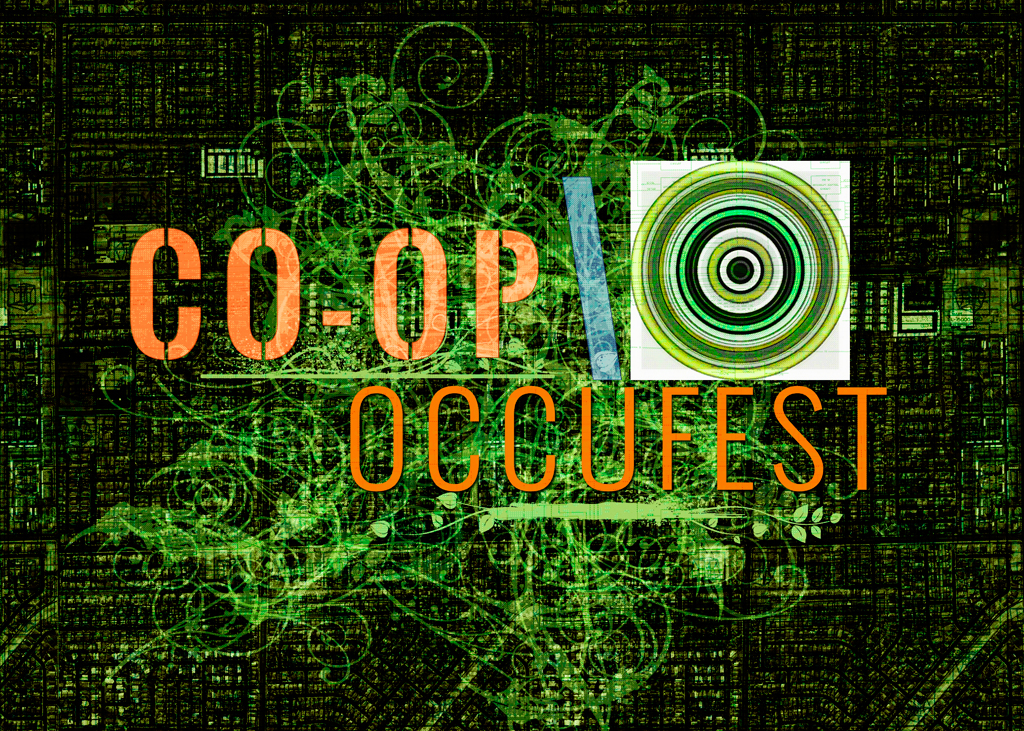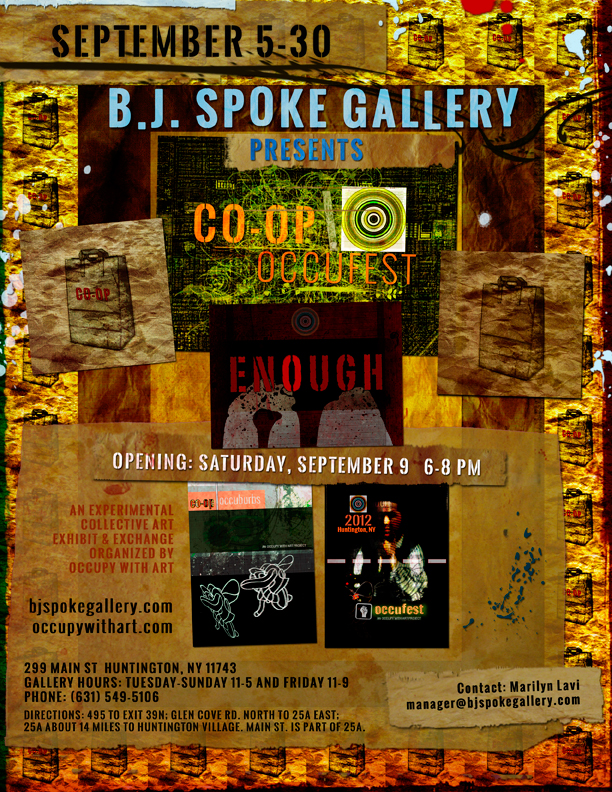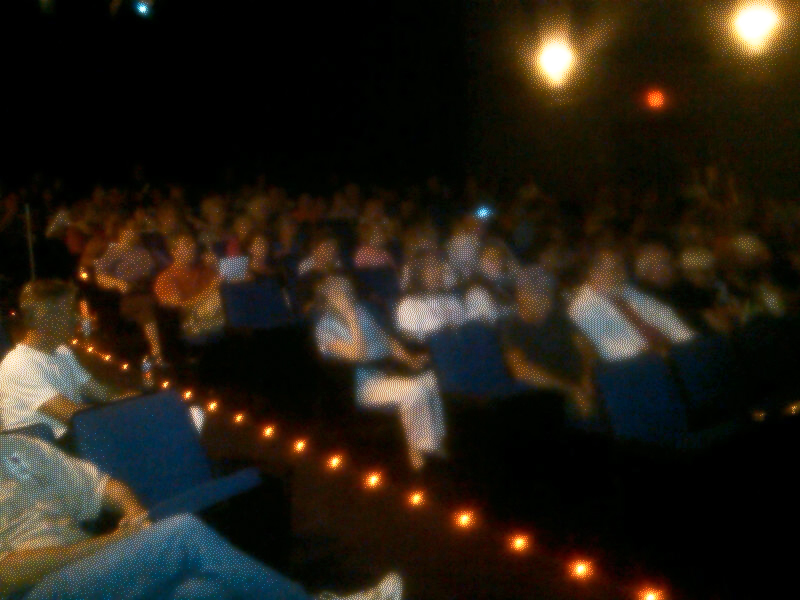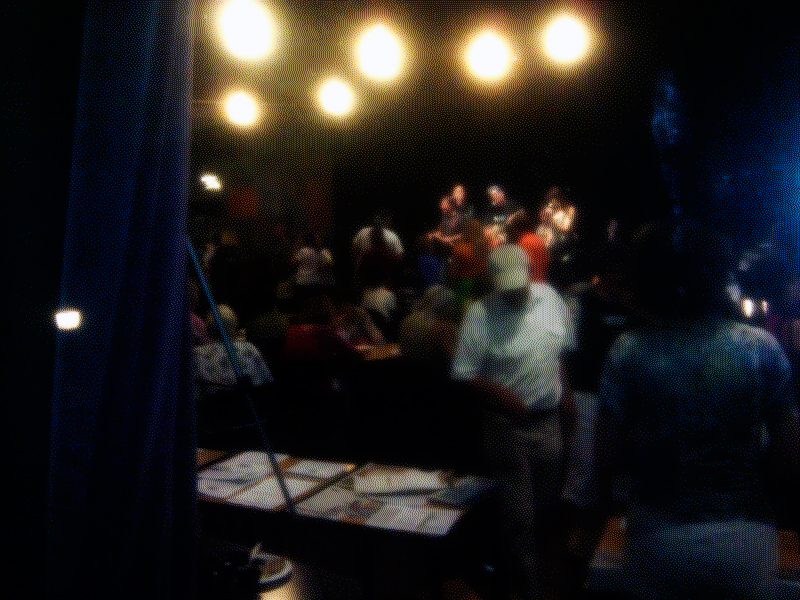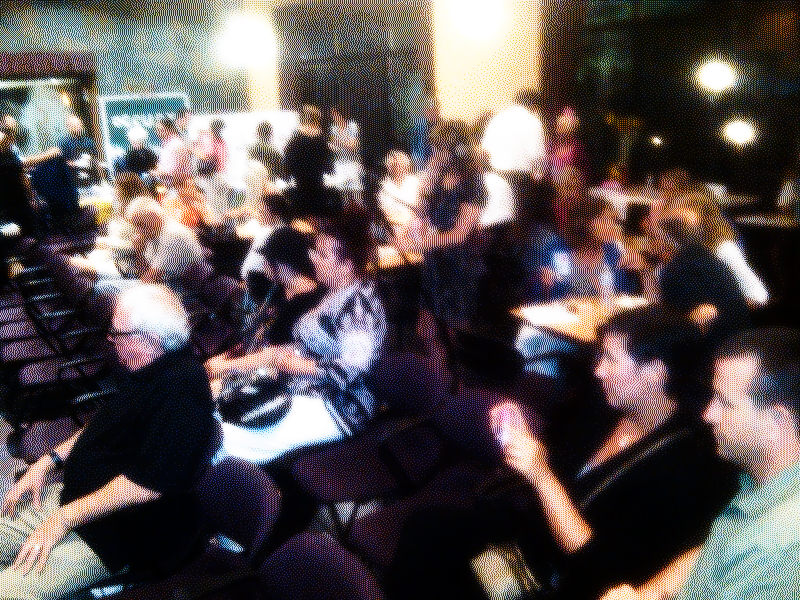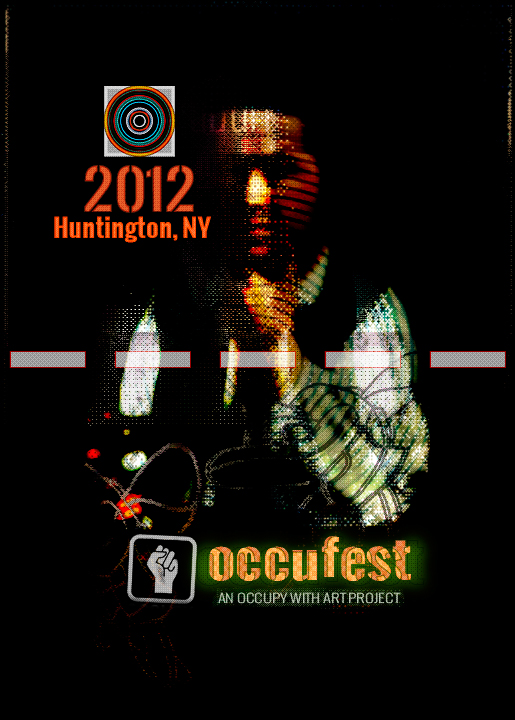[CO-OP]: @b.j. spoke Gallery [BETA][Draft]
 Saturday, August 11, 2012 at 04:11PM
Saturday, August 11, 2012 at 04:11PM 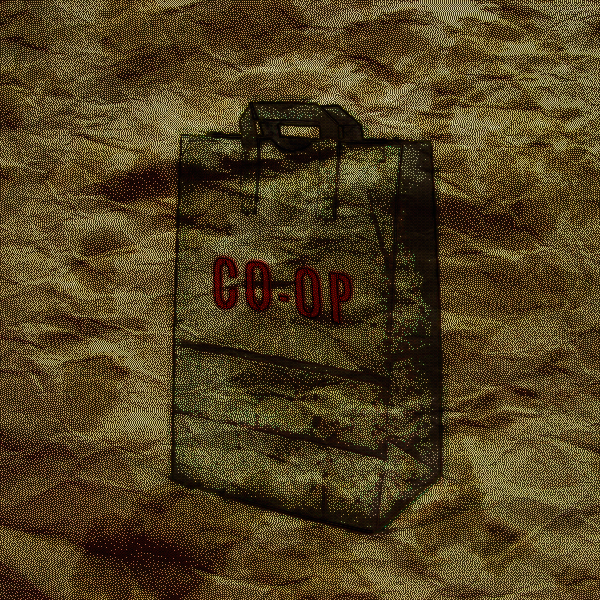 Image by Paul McLeanCO-OP at b.j. spoke gallery
Image by Paul McLeanCO-OP at b.j. spoke gallery
by Paul McLean
Co-organizer, Occupy with Art
1
A half-block from the intersection of Wall Street and Main Street in Huntington, Long Island, you'll find b.j. spoke gallery. Here's its history, from the gallery website:
>>
b. j. spoke gallery, incorporated and not-for-profit, is an artist-run gallery of professional artists with a broad diversification of styles and media.
April 1990 marked the inaugural show of two newly merged Long Island cooperative galleries, Northport Galleries and B. J. Spoke Gallery.
Spoke Gallery began in 1976 at a Port Washington site and later moved to neighboring Sea Cliff, New York. In 1980 Northport Galleries was established in Northport and seven years later moved to Huntington, NY.
Because of the ongoing friendship of the two galleries, the idea of a merger was enthusiastically accepted in 1990 by both memberships.
<<
2
b.j. spoke is divided into three areas. Occupy with Art in September of 2012 will present CO-OP in b.j. spokes' central gallery. Our location within the brackets of the other two galleries, which will show member artists, reflects OwA's desire to support the mission of this important Long Island art organization, which has long advocated partnership between the artist and public as an "essential relationship."
Since the first exhibit OwA facilitated, "Occupy Printed Matter," in 2011, Occupy with Art has sought to establish bridges between Occupy Wall Street's artist activism and the artist activism that has emerged since the 70s in New York, and around the world. In "Wall Street to Main Street," for example, we partnered with renowned curator Geno Rodriquez, founder and former director of the Alternative Museum. OwA worked with Yoko Ono to manifest her project in support of OWS, "Wish Tree for Zuccotti Park." Now, with CO-OP, we are calling attention to the important contributions of artist-operated non-profits like b.j. spoke in providing important venues for underserved artist communities in areas outside major retail art markets. b.j. spoke and galleries like it have done great service to the 99% art world and the people for whom art is more than a luxury item or vehicle for speculation.
3
CO-OP is a dimensional art project. CO-OP is first and foremost a small collective show, an exhibit, as such. It is a template or model for occupational art practice, demonstrating one way that Occupy artists can partner with pre-existing arts organizations as an expression of solidarity. among 99% artists and our communities. CO-OP is a conceptual project, in which we will link co-operative food networks and artists within the medium of gift exchange for mutual aid and benefits.
4
Conceptual art typically requires an explanation for the viewer to engage the artwork or process fully. Concept, or idea art, is often meant to start conversations. OWS, which has started or re-started many important conversations, has itself been described in terms of art. CO-OP is meant to start conversations about sustainable art and artist economies for the 99%. OwA co-organizers are drawing on the successful history of co-operative food networks, as inspiration for propositions about new methods of exchange for art.
To summarize what has been a discussion spanning many months, OwA will partner with the Huntington food co-op (OwA co-organizer and Huntington resident Chris Moylan is one of the owners) to intertwine the exchange of art for co-op members, with the exchange of food for artists (or money, as a default or swap). Our art for food exchange, in this initial attempt, is rudimentary: the values are based on 1 to 1 ratios. An artwork valued at $20 can be exchanged for $20 worth of food. Huntington co-op members will be invited to select art and the artists will select food items for straight barter.
We will consider variations on the exchange (enthusiastically). The paper bags installed in the space with the art work are included primarily as symbols and signs of our micro-economy. CO-OP permits contemporary art to enter the consumer portable sector of the cultural economy, for which the brown paper bag has long been a staple. However, you'll see that our shopping bags are not exactly like those branded types a shopper fills with goods in SOHO, for example.
Gallery visitors are welcome to purchase art exhibited by CO-OP artists at full retail prices. b.j. spoke artists' work will not be included in this iteration of CO-OP, which is being conducted as a test of the process, essentially. CO-OP is also meant to raise awareness of local alternatives to the global art markets of Chelsea, for example, or the international art fair circuits.
We hope you enjoy CO-OP. Please don't hesitate to contact us with questions or feedback.
artforhumans [at] gmail [dot] com
